Carmona, scientifically known as Carmona retusa, is a species of flowering plant in the family Boraginaceae. It is commonly referred to as Fukien tea tree or Carmona microphylla. Native to Southeast Asia, particularly China, Japan, and India, Carmona is a popular choice for bonsai enthusiasts due to its small, glossy leaves and attractive trunk structure.
Here is some detailed information about Carmona:
- Appearance: Carmona is a small evergreen shrub or tree that typically grows up to 1 meter (3 feet) in height, although it can be trained and pruned to smaller sizes for bonsai cultivation. The leaves are small and shiny, with an elliptical shape and a dark green color. The bark is light brown and develops an interesting texture with age.
- Flowers: Carmona produces tiny, white, or pale yellow flowers that are borne in clusters. The flowers are trumpet-shaped and have a pleasant fragrance. They bloom intermittently throughout the year, adding beauty and charm to the plant.
- Growth and Habit: Carmona has a compact and bushy growth habit, with a dense crown of foliage. It has a relatively slow growth rate, making it well-suited for bonsai cultivation. The branches are flexible and can be easily shaped and trained into various bonsai styles, such as formal upright, cascade, or slanting.
- Light and Temperature: Carmona thrives in bright, indirect light conditions. It prefers a location with partial sun or filtered sunlight. It is important to protect the plant from direct, intense sunlight, as it can scorch the leaves. In terms of temperature, Carmona prefers warm conditions between 20-30°C (68-86°F). It is not frost-tolerant and should be protected from cold temperatures.
- Watering and Humidity: Carmona prefers a consistent level of moisture in the soil. It is important to water the plant when the top inch of soil feels dry to the touch, ensuring thorough watering while allowing excess water to drain. It benefits from slightly higher humidity levels, especially in dry climates. Misting the leaves or placing the plant on a humidity tray filled with water can help increase humidity around the plant.
- Soil and Fertilizer: Carmona thrives in well-draining, slightly acidic soil. A mixture of bonsai soil, such as akadama, pumice, and lava rock, provides the ideal growing medium. Fertilize the plant during the growing season (spring and summer) with a balanced, slow-release bonsai fertilizer. Avoid over-fertilization, as it can lead to root burn or foliage damage.
- Pruning and Training: Pruning is essential for maintaining the desired shape and size of the Carmona bonsai. Regular pruning helps promote branching, create a balanced silhouette, and maintain leaf size. Wiring can be used to train the branches into the desired positions, taking care not to damage the delicate branches. Wiring should be checked regularly to avoid wire cutting into the bark as the tree grows.
- Care and Maintenance: Carmona bonsai requires regular care and attention. Besides pruning and training, it is important to monitor the plant for pests such as aphids, scales, or mites, and take appropriate measures for control. Additionally, repotting every 2-3 years helps refresh the soil and prevent root-bound conditions. Repotting is typically done during spring, just before the growing season begins.

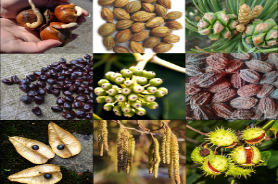

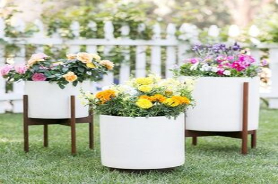

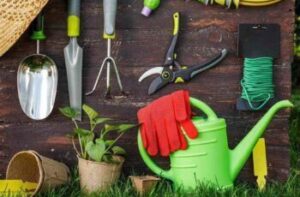


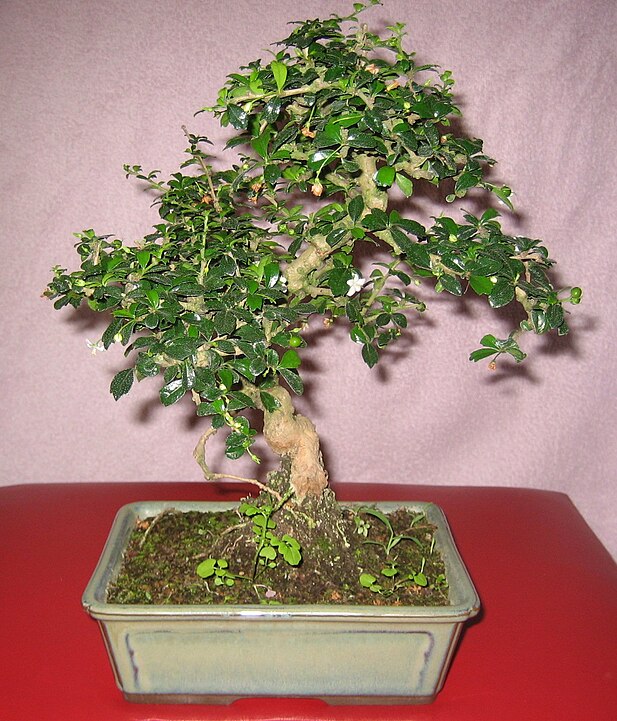
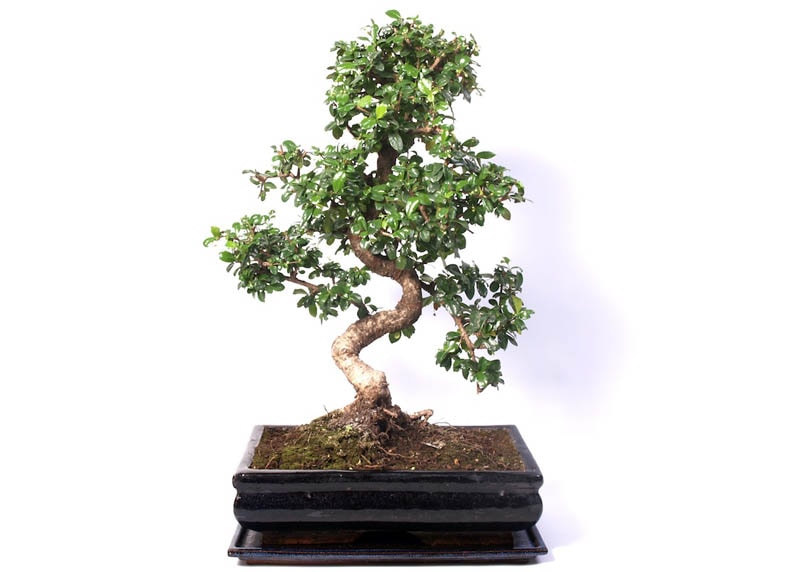


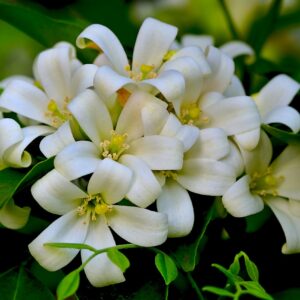
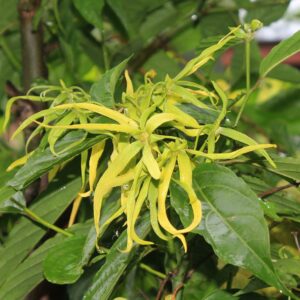
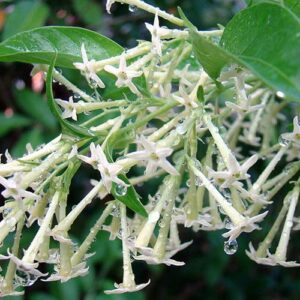
Reviews
There are no reviews yet.